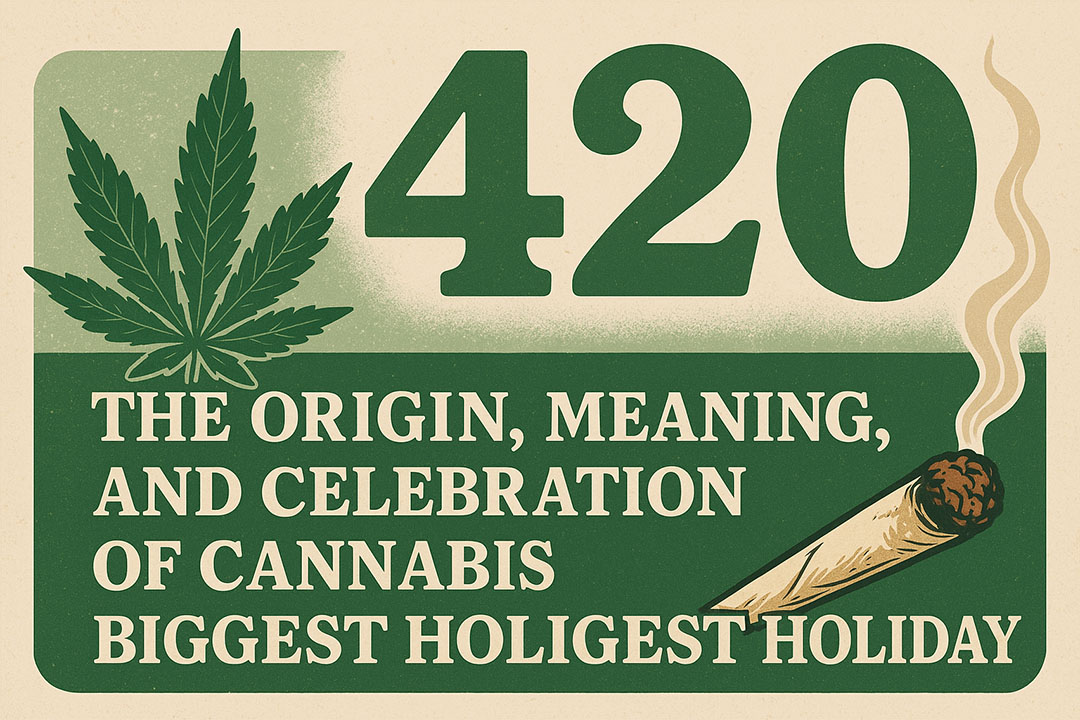If there’s one date that every cannabis enthusiast has circled on their calendar, it’s April 20th—better known simply as 420. This number has become a universal code for cannabis, symbolizing everything from a time of day to take a toke to a global celebration of cannabis culture, legalization efforts, and community.
But where did 420 come from, and why has it become such a meaningful and memorable part of cannabis history? Let’s explore the true roots of 420, what it represents today, how cannabis legalization has evolved over the years, and the many ways people come together to celebrate this iconic day.
The Origin of 420: Fact vs Folklore
Like many cultural phenomena, the origin of 420 is wrapped in mystery, rumors, and more than a few urban legends. Some of the most popular—but incorrect—myths include:
- 420 is the police code for marijuana use (it’s not).
- 420 represents the number of cannabinoids or compounds in cannabis (the reality is that there are more than 500).
- 420 is Hitler’s birthday (unfortunately true, but completely unrelated to cannabis).
- 420 is the date when Bob Marley died (when he really died on May 11).
So what’s the real story?
The Waldos and the Hidden Treasure
The most often acknowledged origin of 420 was in San Rafael, California, in 1971. A crew of five high school friends who coined themselves the name The Waldos and they used to hang out at their school by a wall. One day, they caught wind of a nearby Coast Guard member who started a crop of cannabis in the nearby Point Reyes Forest but could not tend to it any longer.
The Waldos got their hands on a map to the location and agreed on meeting at 4:20 p.m. after school so they could find it. They never found the weed, but they kept using “420” as their secret code for cannabis and meeting up to toke.
Through a connection to the Grateful Dead (one of the Waldos’ older brothers managed the band), the term “420” spread like wildfire through the counterculture scene. Eventually, it became shorthand for everything cannabis-related.
What 420 Represents Today
What started out as an inside joke with friends has evolved into something much more meaningful. Today, 420 is more than a time or date—it’s a symbol of unity, resistance, celebration, and advocacy in the cannabis community.
Cannabis Culture
For cannabis lovers, 420 represents a moment to honor the plant and the culture surrounding it. It’s about freedom of choice, creative expression, healing, and connecting with others who appreciate the power of cannabis in all its forms—whether for recreation, medicine, or spiritual connection.
Legalization and Advocacy
420 also represents the long-standing battle for legalization and decriminalization. It’s a reminder of the people who were unjustly imprisoned for nonviolent cannabis offenses, and a call to continue pushing for reform, social equity, and accessible cannabis for all.
Commercial and Global Celebration
In recent years, 420 has also become a major holiday for the cannabis industry, with dispensaries, brands, and cannabis-friendly events drawing massive crowds for sales, festivals, and educational panels.
A Timeline of Cannabis Legalization in the U.S.
To fully appreciate what 420 represents, we have to look at how far cannabis legalization has come—and how far it still has to go.
The Early Years: Prohibition and Propaganda
- 1900s: Cannabis was widely used in the U.S. as a medicine, often found in tinctures and tonics sold in pharmacies.
- 1937: The year when the Marihuana Tax Act was made to officially criminalize cannabis. Fueled by racist propaganda and misinformation, cannabis was painted as a dangerous narcotic associated with immigrants and jazz musicians.
- 1970: The Controlled Substances Act placed cannabis in Schedule I, declaring it to have “high potential for abuse” and “no accepted medical use”
The Medical Movement
- 1996: California broke the doors open and was the first state to legalize medical cannabis with the help of Proposition 215.
- Over the next two decades, dozens of states followed suit, recognizing the plant’s therapeutic benefits for everything from chronic pain and anxiety to epilepsy and PTSD.
The Rise of Recreational Legalization
- 2012: The 2 states of Washington and Colorado created history with the legalization of recreational cannabis for adult use.
- Since then, over 20 states have legalized recreational cannabis, including California, Oregon, Nevada, Illinois, and New York.
Federal Reform Efforts
- While federal legalization has yet to pass, progress is being made.
- The MORE Act (Marijuana Opportunity Reinvestment and Expungement) aims to decriminalize cannabis federally.
- The SAFE Banking Act was put in place to offer financial protections for businesses dealing with cannabis.
- Our President has also taken steps toward pardoning minor federal cannabis offenses and reconsidering cannabis’s classification under federal law.
How People Celebrate 420
From peaceful protests and cannabis cup competitions to yoga sessions and backyard BBQs, 420 is celebrated in countless ways. Here’s how people across the world recognize this high holiday:
1. Attending Cannabis Festivals
Major cities like Denver, San Francisco, and Seattle host 420 festivals that attract tens of thousands of attendees. These events feature:
- Live music
- Vendor booths
- Food trucks
- Educational panels
- Dab bars and smoke lounges
They’re part music festival, part cannabis expo, and part celebration of community and progress.
2. Supporting Legal Dispensaries
420 is Black Friday for dispensaries. Customers flock to shops to enjoy deep discounts on flower, vapes, edibles, and concentrates. Some brands release limited-edition products specifically for 4/20, making it a great time to try something new.
3. Activism and Marches
Cannabis activists take advantage of 420 to organize marches and demonstrations in numerous places. They raise awareness about unjust cannabis laws, advocate for release of nonviolent cannabis offenders, and call for equity in the cannabis industry.
4. Hosting or Attending Private Smoke Sessions
Many people celebrate more low-key with friends and family. Think:
- Backyard smoke circles
- 420-themed dinners
- Movie marathons (pineapple-themed snacks optional)
- Infused cooking parties
- Joint-rolling competitions
It is a time to think, relax, and partake in cannabis anyway you see fit.
5. Virtual Celebrations
Since the COVID-19 pandemic, online 420 celebrations have become more popular. People connect via livestreams, virtual yoga and meditation sessions, or online panels featuring cannabis chefs, doctors, growers, and activists.
420 Around the World
Although 420 has its roots in the U.S., the celebration has spread globally.
Canada
After fully legalizing cannabis in 2018, Canada has embraced 420 with a mix of official and unofficial celebrations, especially in places like Vancouver and Toronto.
Europe
Cities like Amsterdam (where cannabis is famously tolerated) and Barcelona (home to private cannabis clubs) host massive 420 events. The culture is growing fast in countries reconsidering prohibition, such as Germany and the U.K.
Latin America
The first country to fully legalize cannabis was Uruguay in the year 2013, and countries like Mexico are making strides toward reform. 420 celebrations often include music, street art, and educational booths.
Cannabis and Social Equity: The Deeper Message of 420
As cannabis becomes a booming legal industry, it’s important to remember the communities that have been most affected by prohibition.
The War on Drugs
The War on Drugs disproportionately targeted Black and Brown communities. Even now, people of color have a higher chance of being arrested for cannabis-related offenses, even though other groups of people have similer usage rates.
Equity Programs
Some cities and states have created social equity programs to help individuals from impacted communities enter the cannabis industry, but these programs often face funding and implementation challenges.
420 and Responsibility
While it’s easy to focus on the fun side of 420, it’s also a chance to:
- Educate others about cannabis history and injustice
- Donate to organizations fighting for expungement and legalization
- Support minority-owned cannabis businesses
What the Future of 420 Might Look Like
As cannabis becomes more accepted and accessible, 420 may evolve into something bigger than ever imagined.
- Mainstream recognition: Cannabis could eventually be as normalized as alcohol or coffee, and 4/20 might become a national (or international) holiday.
- Global legalization: As more countries legalize cannabis, 420 will likely grow into a worldwide event.
- Medical breakthroughs: Continued cannabis research could lead to major medical discoveries, reshaping how we view and celebrate the plant.
- Tech-infused experiences: Expect more virtual reality, augmented events, AI-guided strain selectors, and cannabis-friendly travel.
Always Remember: For Many 420 is More Than Just a Number
Whether you’re lighting up at 4:20 p.m., attending a festival, or simply taking a moment to reflect on how far we’ve come—420 is about appreciation, celebration, and action.
It’s a time to acknowledge the resilience of the cannabis community, honor those still affected by unjust laws, and envision a future where the plant is accessible, equitable, and celebrated for its full potential.
So this April 20th, however you choose to celebrate, remember the roots of 420 and the power it holds as a symbol of unity, resistance, and high vibes.
Check Out a Few Popular Items!
-
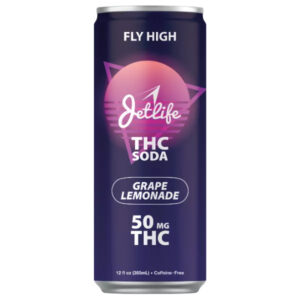 Rated 0 out of 5$9.99 – $39.99Select options This product has multiple variants. The options may be chosen on the product page
Rated 0 out of 5$9.99 – $39.99Select options This product has multiple variants. The options may be chosen on the product page -
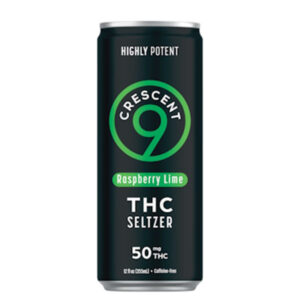 Rated 0 out of 5$9.99 – $39.99Select options This product has multiple variants. The options may be chosen on the product page
Rated 0 out of 5$9.99 – $39.99Select options This product has multiple variants. The options may be chosen on the product page -
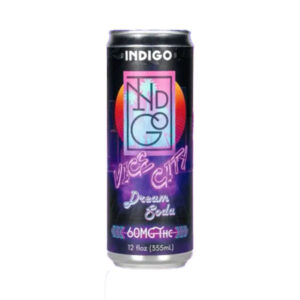 Rated 0 out of 5$9.99 – $39.99Select options This product has multiple variants. The options may be chosen on the product page
Rated 0 out of 5$9.99 – $39.99Select options This product has multiple variants. The options may be chosen on the product page -
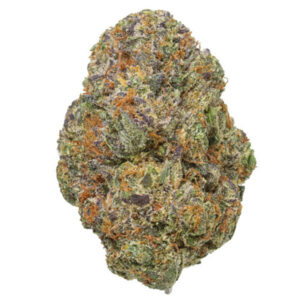 Rated 0 out of 5$12.00 – $240.00Select options This product has multiple variants. The options may be chosen on the product page
Rated 0 out of 5$12.00 – $240.00Select options This product has multiple variants. The options may be chosen on the product page

